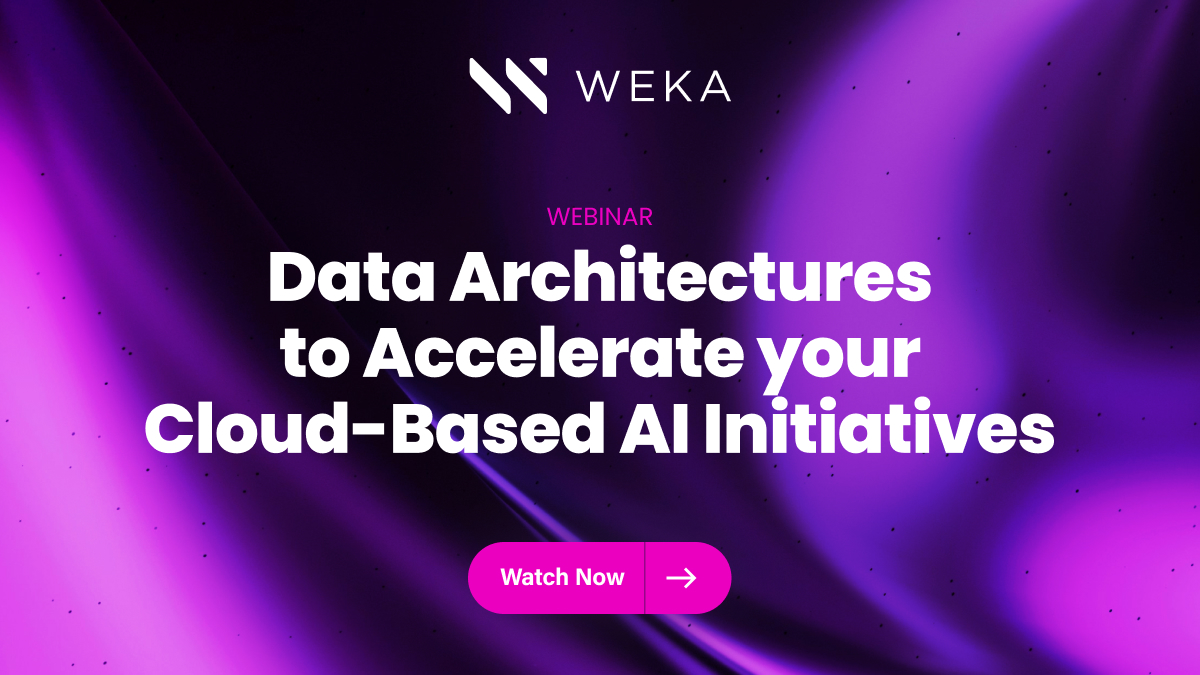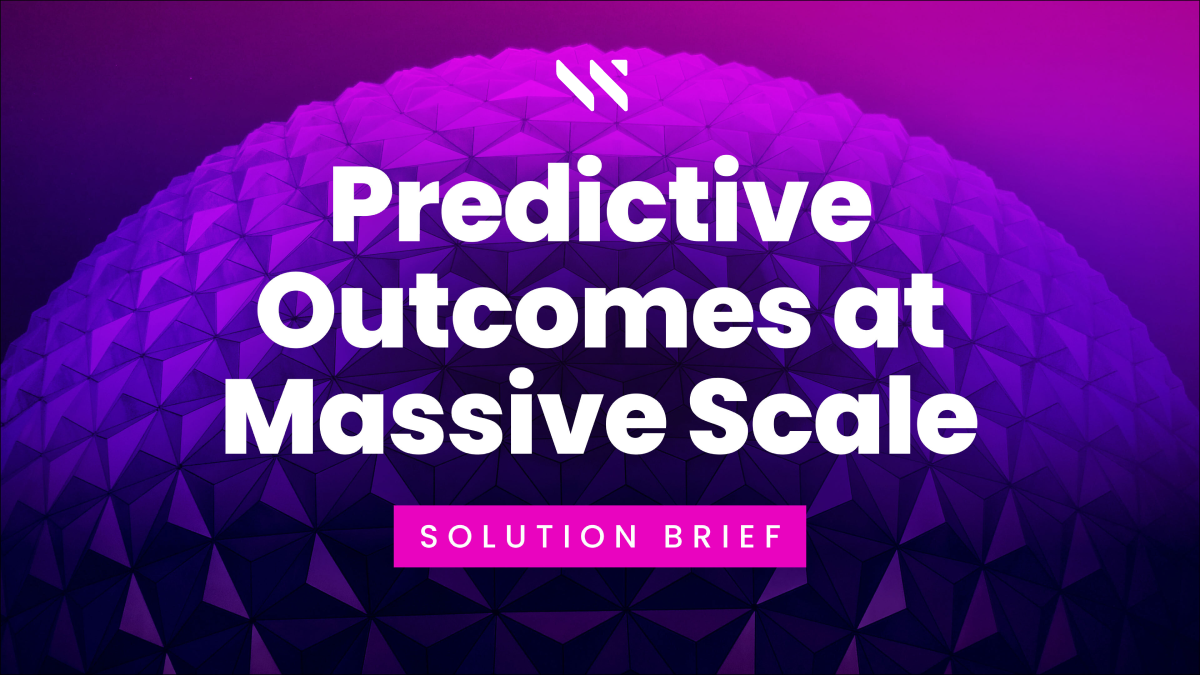HPC Architecture Explained

Interested in HPC Architecture? We discuss high-performance computing and give an explanation of the components and structure needed for HPC Architecture.
What is HPC Architecture? High-performance computing (HPC) is a method of processing large amounts of data and performing complex calculations at high speeds. In HPC architecture, multiple computer servers are networked together to form a cluster that has more outstanding performance than a single computer.
How Does HPC Architecture Differentiate from Traditional Architecture?
There are major differences between high-performance computing and traditional computing. Consumer-grade computers can use many of the same techniques that HPC systems do: hardware acceleration, GPU computing, etc. However, when experts discuss HPC, particularly in fields where HPC is critical to operations, they are talking about processing and computing power exponentially higher than traditional computers, especially in terms of scaling speed, throughput, and processing. This is why HPC architecture is increasingly deployed as the foundation for cloud environments.
Because high-performance computing is so far beyond what we usually think of as “computing,” it is often reserved for highly specialized applications, including the following:
- Machine Learning and AI: Training environments and algorithms for advanced machine learning algorithms (including deep learning or reinforcement learning systems) require massive amounts of training data to be served at rapid speeds. HPC provides the foundation for much of the innovations we’ve seen in AI and machine learning by supporting the complex calculations needed to make them successful.
- Genomic Sequencing: Genomic sequencing is the mapping of the entire genetic makeup of an organism, a process that becomes more and more complex beyond even the simplest cells. HPC provides the backbone of genomic sequencing efforts by allowing algorithms to perform up to quadrillions of calculations per second.
- Graphical Processing and Editing: HPC architecture has found a home in the world of feature films and animation, where life-like CGI is often the star of a movie. HPC infrastructure gives studios a way to render higher and higher quality animations, pushing the envelope in terms of realistic special effects in film.
- Finance and Modern Analytics: HPC powers the analytical engines and AI behind some of the more innovative financial platforms on the market. Such infrastructure can support advanced investment analysis tools to insurance risk assessment and fraud detection algorithms.
Beyond these examples, you will often find HPC architecture empowering systems in healthcare, fuel and power utilities, manufacturing, and defense.
Not all HPC architectures are the same, and high-performance systems can take on several different forms. Some of these include the following:
- Cluster Computing Architecture: A “cluster” is a group of computers working together on the same set of tasks. Under HPC architecture, a cluster of computers essentially operates as a single entity, called a node, that can accept tasks and computations as a collective.
- Parallel Computing: In this configuration, nodes are arranged to execute commands or calculations in parallel. Much like GPU processing, the idea is to scale data processing and computation volume across a system. Accordingly, parallel systems also scale incredibly well with the correct configurations.
- Grid Computing: A grid computing system distributes work across multiple nodes. However, unlike parallel computing, these nodes aren’t necessarily working on the same or similar computations, but parts of a more significant, more complex problem.
What Tools Do I Need to Implement HPC Architecture?
While any given cloud HPC system will have a unique configuration based on the needs of the organization, researchers, and industry, there are several core technologies that any HPC system will have in place.
Broadly, there are three main components of an HPC system:
- Compute: As the name suggests, the compute component focuses on the processing of data, the execution of software or algorithms, and solving problems. A cluster of computers (and all the processors, dedicated circuits, and local memory entailed therein) performing computations would fall under the “computer” umbrella.
- Network: Successful HPC architecture must have fast and reliable networking, whether for ingesting external data, moving data between computing resources, or transferring data to or from storage resources.
- Storage: Cloud storage, with high volume and high access and retrieval speeds, is integral to the success of an HPC system. While traditional external storage is the slowest component of a computer system, storage in an HPC system will function relatively fast to meet the needs of HPC workloads.
Within this broader configuration of components, we’ll find finer-grained items:
- HPC Schedulers: Cluster computing doesn’t simply work out of the box. Specialty software serving as the orchestrator of shared computing resources will actually drive nodes to work efficiently with modern data architecture. Following that, an HPC system will always have, at some level, dedicated cluster computing scheduling software in place.
- GPU-Accelerated Systems: This isn’t always a necessary component of an HPC architecture, but more often than not you’ll find accelerated hardware within such systems. GPU acceleration provides parallel processing “under the hood” to support the large-scale processing undertaken by the larger system. In turn, these accelerated clusters can support more complex workloads at much faster speeds.
- Data Management Software: The underlying file systems, networking, and management of system resources must be handled by a software system optimized for your specific needs. This software will often direct system management operations like moving data between long-term cloud storage and your HPC clusters or optimizing cloud file systems.
With these components in mind, you might be able to see how HPC infrastructure can include cloud, on-premise, or hybrid configurations depending on your organization’s needs. Cloud infrastructure, however, is a critical component for some of the most demanding workloads and industries.
What Are the Challenges in Implementing HPC Architecture?
High-performance computing is a significant investment, no matter how you slice it. While HPC isn’t something that consumers are racing to adopt, it’s also true that high-performance computing isn’t just the realm of enterprise businesses anymore. However, large and small companies alike must understand the challenges of HPC and how to address them.
Some of these challenges include the following:
- Cost: While cloud infrastructure has made HPC more affordable, it is still an investment in both money and time. Upfront costs are a definite challenge, as are the costs of managing HPC infrastructure in the long term.
- Compliance: The upkeep of data systems and HPC must naturally incorporate any consideration of compliance and regulations. Suppose you work in life sciences developing HPC cloud applications that touch Personal Health Information (PHI) in any way. In that case, you’re now managing a system with a complex set of compliance standards.
- Security and Governance: Outside of industry regulations, your organization will adopt data governance policies to help manage data in storage and during its time processed in an HPC environment. Additionally, your data governance will also include whatever security measure you must implement. Cybersecurity applies to all aspects of your high-performance computing environment, from networking to storage and computation.
- Performance Capabilities: A high-performance computing environment isn’t worth much if you aren’t actually getting significant performance out of it. Unfortunately, with complex computing and cloud systems, there are dozens of places where small inefficiencies can impact performance in significant ways. A challenge you’ll face here is working with providers that can optimize system resources on an ongoing basis.
WEKA: Providing Cloud Architecture for High Performance Cloud Architectures
An HPC architecture is an orchestra of moving parts, disparate systems, and optimized hardware. It takes more than glue and tape to make it work together; it takes expertly designed software and file systems, accelerated hardware, and the latest in performance-enhancing networking and computing technologies.
WEKA provides the infrastructure necessary to empower high-performance workloads across any technical and scientific field, from AI and machine learning to manufacturing and life sciences. That is because we’ve created a comprehensive and purpose-built system with the following features:
- Streamlined and fast cloud file systems to combine multiple data sources into a single HPC system
- Industry-best, GPUDirect Performance (113 Gbps for a single DGX-2 and 162 Gbps for a single DGX A100)
- In-flight and at-rest encryption for GRC requirements
- Agile access and management for edge, core, and cloud development
- Scalability up to exabytes of storage across billions of files
High performance computing doesn’t have to be out of reach. Contact us to learn how we can bring HPC infrastructure to your organization.
Additional Helpful Resources
HPC for Life Sciences
High Performance Data Analytics
How Fast is WEKA
Learn About HPC Storage, HPC Storage Architecture and Use Cases
HPC Cloud
HPC Storage Explained





